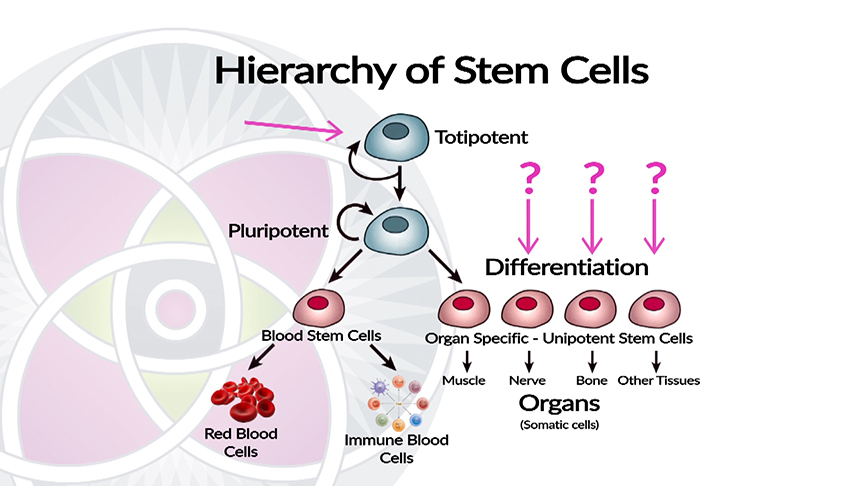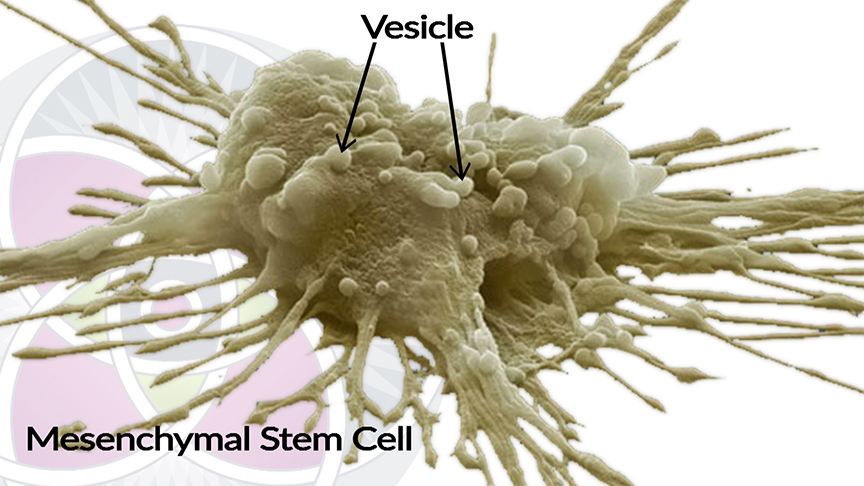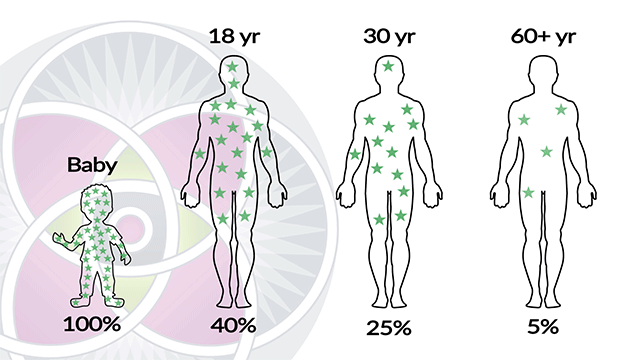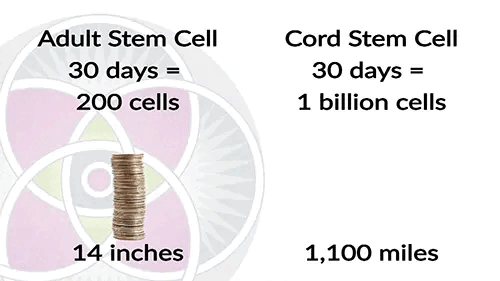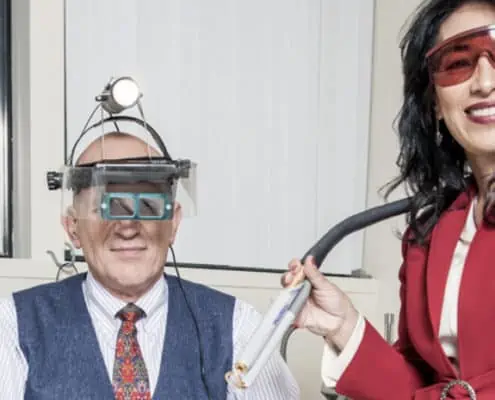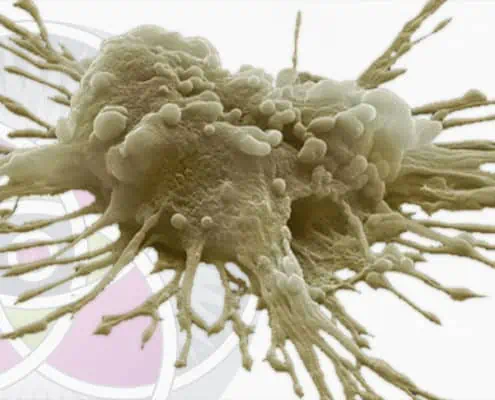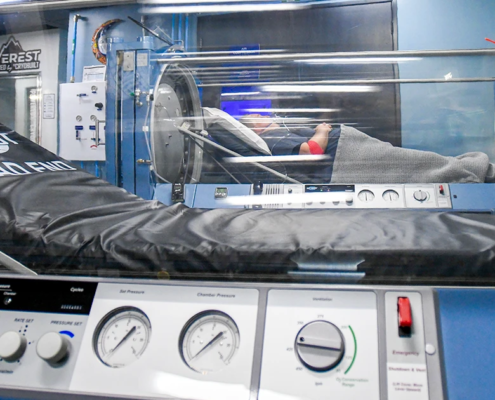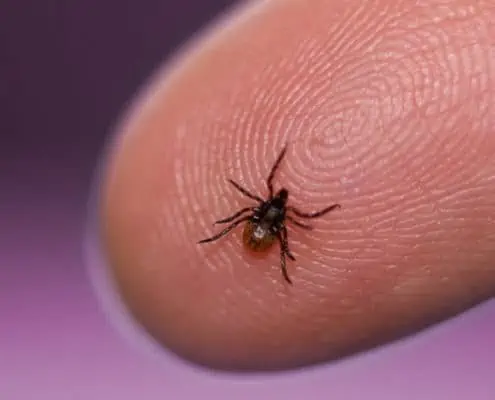- Anzalone R, Opatrilova R, Kruzliak P, Gerbino A and La Rocca G. Mesenchymal Stromal Cells From Wharton’s Jelly (WJ-MSCs): Coupling Their Hidden Differentiative Program to Their Frank Immunomodulatory Phenotype. 2018;20:271-279.
- Vangsness CT Jr, Sternberg H, Harris L. Umbilical Cord Tissue Offers the Greatest Number of Harvestable Mesenchymal Stem Cells for Research and Clinical Application: A Literature Review of Different Harvest Sites. 2015 Sep;31(9):1836-43.
- Watson N, Divers R, Kedar R, Mehindru A, Mehindru A, Borlongan M, Borlongan C. Discarded Wharton’s Jelly of the Human Umbilical Cord: A Viable Source for Mesenchymal Stem Cells. 2015 Jan;17(1):18–24.
- Kalaszczynska I, Ferdyn K. Wharton’s Jelly Derived Mesenchymal Stem Cells: Future of Regenerative Medicine? Recent Findings and Clinical Significance. 2015, Article ID 430847, 11 pages.
- Davies J, Walker J, Keating A. Concise Review: Wharton’s Jelly: The Rich, but Enigmatic, Source of Mesenchymal Stromal Cells. 2017 Jul;6(7):1620–1630.
- Weiss M, Troyer D. Stem Cells in the Umbilical Cord. 2006;2(2):155–162.
- Erices A, Conget P, Minguell J. Mesenchymal Progenitor Cells in Human Umbilical Cord Blood. 2000 Apr;109(1):235-42.
- Shawki S, Gaafar T, Erfan H, El Khateeb E, El Sheikhah A, El Hawary R. Immunomodulatory Effects of Umbilical Cord‐Derived Mesenchymal Stem Cells. 2015 Jun;59(6):348-56.
- Arutyunyan I, Elchaninov A, Makarov A, Fatkhudinov T. Umbilical Cord as Prospective Source for Mesenchymal Stem Cell-Based Therapy. 2016;2016:6901286.
- SubramanianA, Fong C, Biswas A, Bongso A. Comparative Characterization of Cells from the Various Compartments of the Human Umbilical Cord Shows that the Wharton’s Jelly Compartment Provides the Best Source of Clinically Utilizable Mesenchymal Stem Cells. 2015 Jun;10(6):e0127992
- Ilic D, Polak JM. Stem Cells in Regenerative Medicine: Introduction. 2011;98:117-26.
- Sanchez-Ramos J. Stem Cells from Umbilical Cord Blood. 2006 Nov;24(5):358-69.
- Low CB, Liou YC, Tang BL. Neural Differentiation and Potential use of Stem Cells from the Human Umbilical Cord for Central Nervous System Transplantation Therapy. 2008 Jun;86(8):1670-9.
- Herranz AS, Gonzalo-Gobernado R, Reimers D, Asensio MJ, Rodríguez-Serrano M, Bazán E. Applications of Human Umbilical Cord Blood Cells in Central Nervous System Regeneration. 2010 Mar;5(1):17-22.
- Zarrabi M, Mousavi SH, Abroun S, Sadeghi B. Potential uses for Cord Blood Mesenchymal Stem Cells. 2014 Winter;15(4):274-81.
- Kabataş S, Civelek E, İnci Ç, Yalçınkaya EY, Günel G, Kır G, Albayrak E, Öztürk E, Adaş G, Karaöz E. Wharton’s Jelly-Derived Mesenchymal Stem Cell Transplantation in a Patient with Hypoxic-Ischemic Encephalopathy: A Pilot Study. 2018 Oct;27(10):1425-1433.
- Sadlik B, Jaroslawski G, Puszkarz M, Blasiak A, Oldak T, Gladysz D, Whyte G. Cartilage Repair in the Knee Using Umbilical Cord Wharton’s Jelly–Derived Mesenchymal Stem Cells Embedded Onto Collagen Scaffolding and Implanted Under Dry Arthroscopy. 2018 Jan;7(1):e57–e63.
- Kim DW, Staples M, Shinozuka K, Pantcheva P, Kang SD, Borlongan CV. Wharton’s Jelly-Derived Mesenchymal Stem Cells: Phenotypic Characterization and Optimizing Their Therapeutic Potential for Clinical Applications. 2013 May 31;14(6):11692-712.
- Nagamura-Inoue T, He H. Umbilical Cord-Derived Mesenchymal Stem Cells: Their Advantages and Potential Clinical Utility. 2014 Apr 26;6(2):195–202.
- Kalaszczynska I and Ferdyn K. Wharton’s Jelly Derived Mesenchymal Stem Cells: Future of Regenerative Medicine? Recent Findings and Clinical Significance. 2014 Dec.


